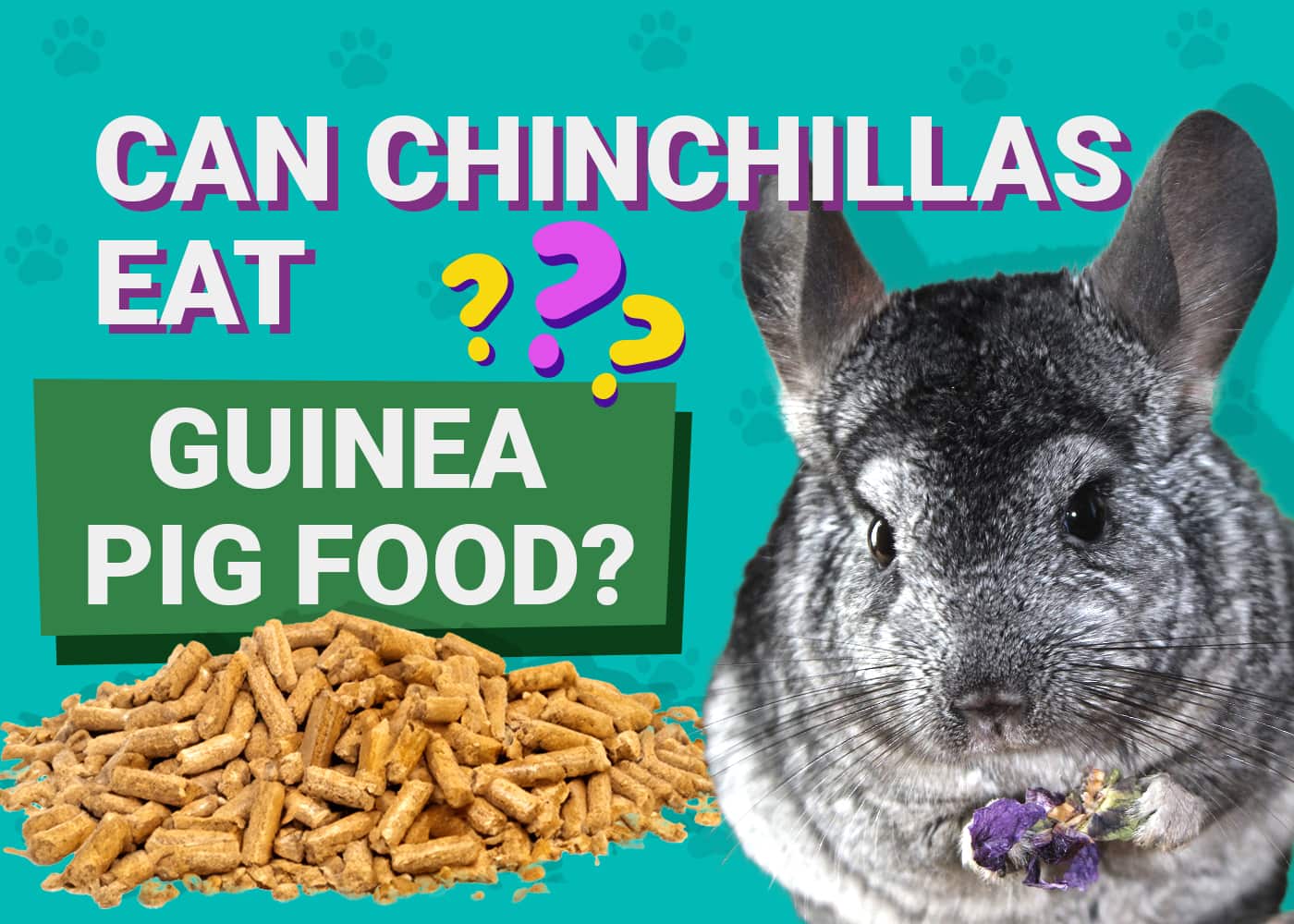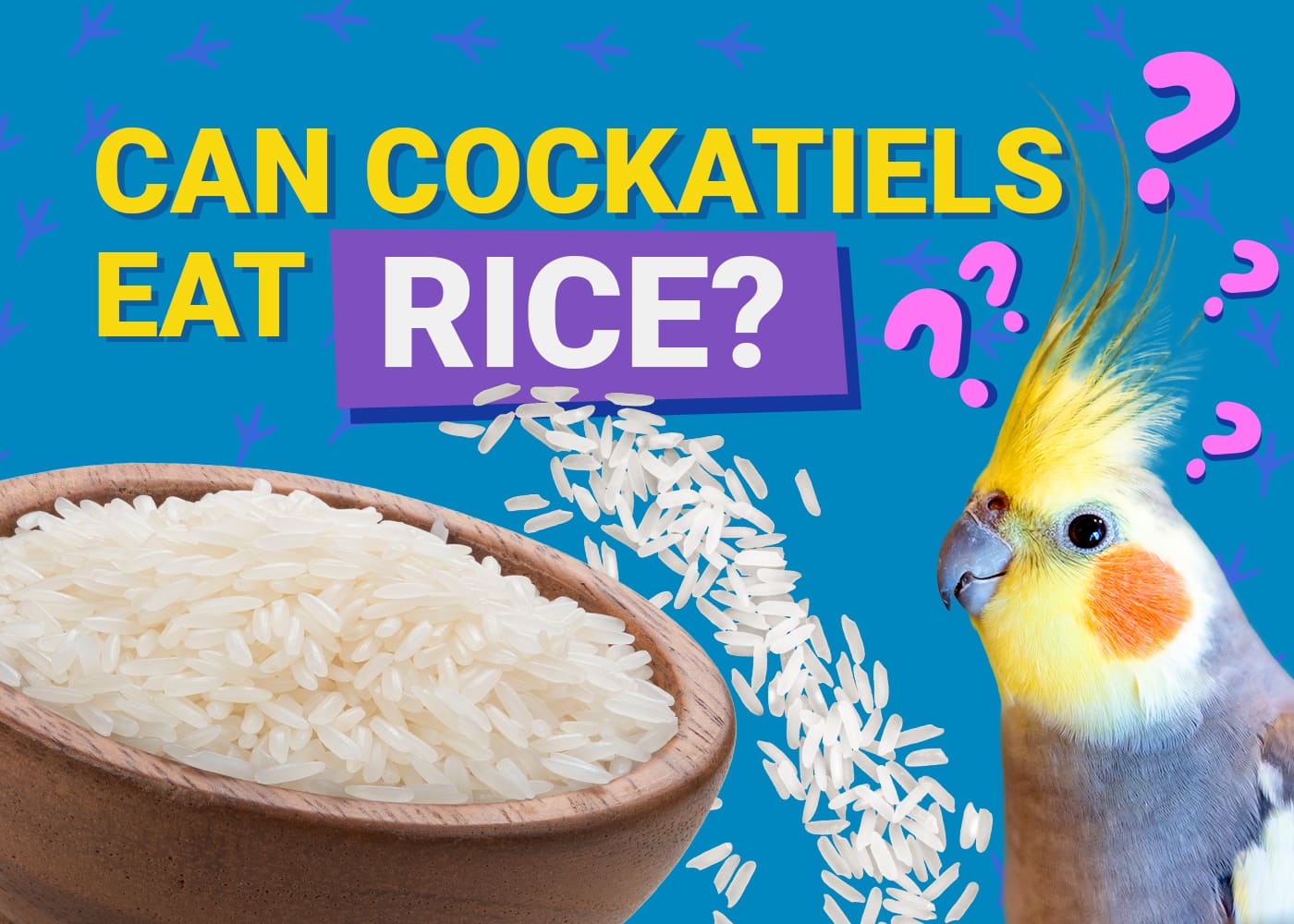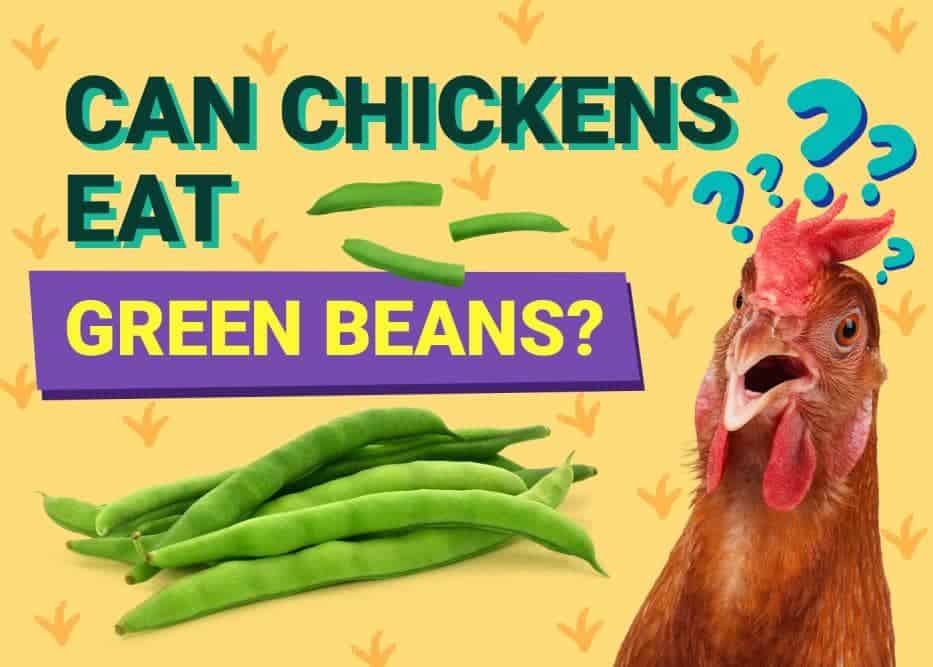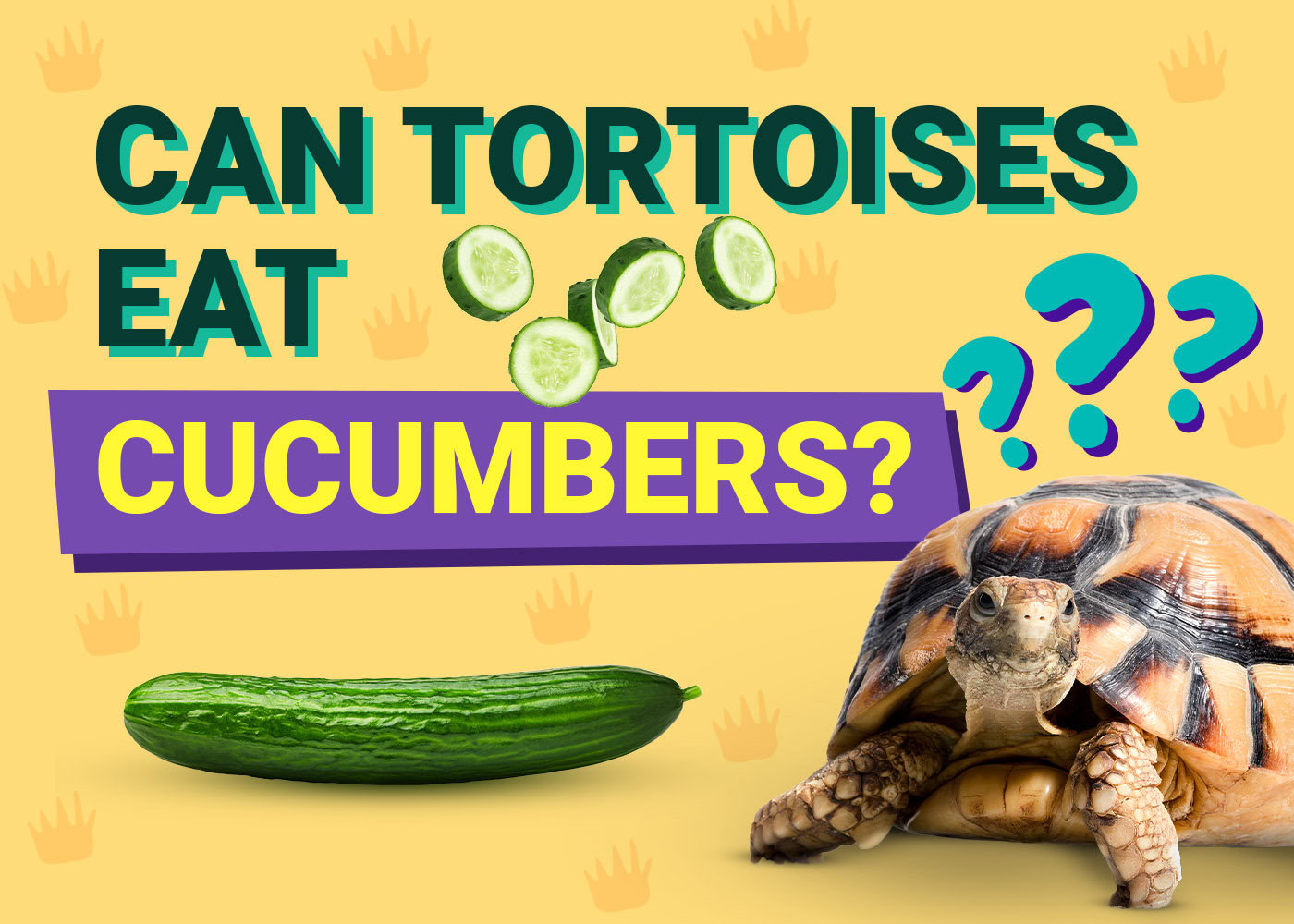Click to Skip Ahead
Chinchillas, like guinea pigs, are no mischievous little rodents; they are lovable, gentle, and easy to tame. They are also both strict herbivores, so their diets should not contain foods of animal origin. However, their nutritional needs differ; in fact, their needs in lipids, carbohydrates, proteins, minerals, and vitamins are specific to each species. Thus, an error in the choice of diet can lead to many disorders.
Therefore, you should not be giving your chinchilla the same overall diet as the guinea pig. On the other hand, you should offer your small mammal certain foods that the guinea pig also eats, such as hay, certain vegetables, and leafy greens. However, commercial pellets made for guinea pigs are off-limits for chinchillas due to their different formulation. For example, the guinea pig has an increased need for vitamin C, so its pellets are supplemented accordingly. Chinchillas, on the other hand, do not need this additional vitamin C intake.

What Is the Best Chinchilla Diet?
Your little South American rodent’s gut may be particularly long for an animal of its size, but this rodent should not eat just any food. Its strict diet must meet its monogastric herbivore characteristics. Indeed, the chinchilla’s digestive system is very similar to that of animals in arid desert areas, especially its urinary system. It has a digestive system of over 3 meters, which allows it to process fibers very well and digest cellulose.
However, its very long digestive tract remains fragile: the balance of the microbial flora is vital to assimilating cellulose. Therefore, to preserve its intestinal flora, the chinchilla must eat a diet low in fats, minerals, and sugars, rich in fiber, and avoid any sudden change in diet. It also requires a significant intake of vegetable proteins, essential for its health.
Moreover, this endearing little mammal has teeth that grow continuously throughout its life. This allows him to eat foods high in fiber but very abrasive. Its diet must, therefore, consist of rough vegetation, and the best source is hay, which you must offer in unlimited quantities.
You can supplement their diet with fresh green vegetables, such as dark lettuce, which is high in fiber and water.
Commercial pellet foods specially designed for chinchillas may also be offered, but only in limited quantities, one to two tablespoons per day. This is because this food is high in calories, protein, and fat, which is perfect for a growing baby or lactating female but not for an adult chinchilla.
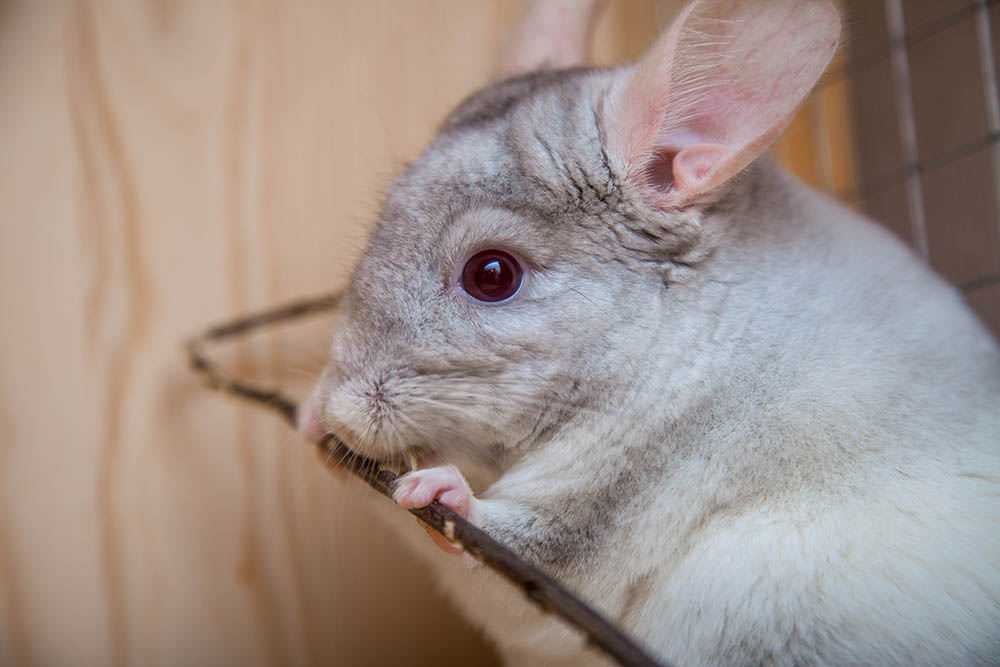
What Foods Should You Avoid Giving a Chinchilla?
The chinchilla’s gastrointestinal system is designed to handle foods high in fiber, not foods high in fat or sugar. So, please don’t give your chinchilla treats such as dried fruits, nuts, and seeds, as they are not easily digested and can damage their teeth. Pieces of bread and cereals should also be avoided.
If you want to give your rodent a healthy little treat, give it a branch from a fruit tree, such as an apple or pear tree (if you’re lucky enough to have one in your yard!). This will promote chewing and wear and tear on your little companion’s teeth. On the other hand, avoid branches of cherry, cedar, plum, or redwood, which are toxic to these rodents. If in doubt, do not hesitate to seek advice from your veterinarian.
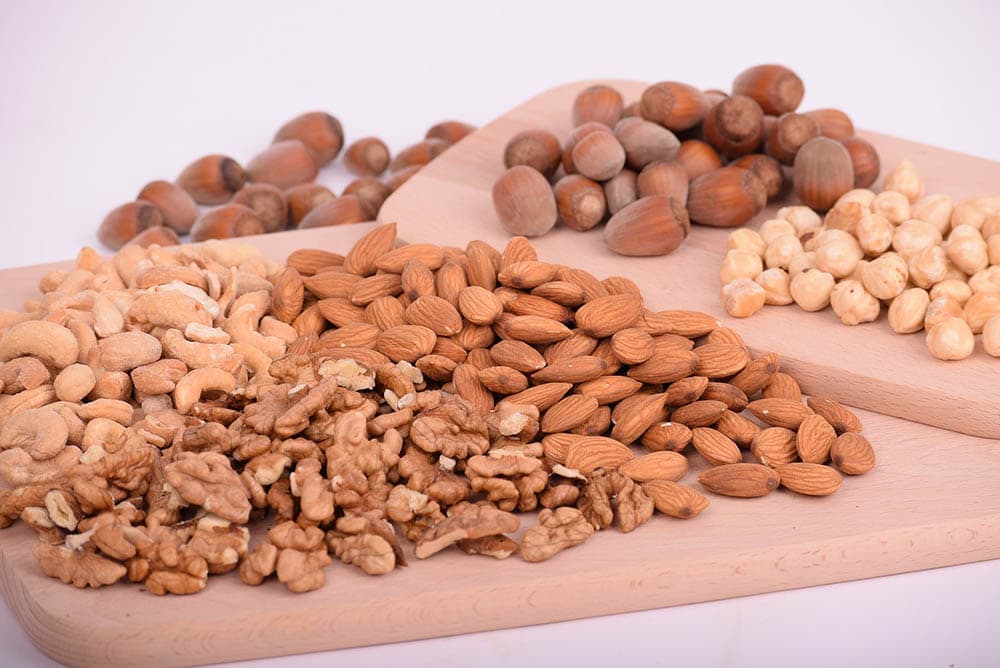
What Are the Problems Associated With a Poor Diet?
What are the health problems associated with a poorly adapted diet for chinchillas?
A chinchilla whose diet consists mainly of commercial pellets and not enough hay will not be able to wear down its teeth enough; remember that these are growing continuously. Thus, teeth not worn enough will cause severe pain when chewing because the upper teeth collide with the lower ones.
In addition, if the chinchilla consumes too many pellets and treats, it risks becoming obese, leading to this small rodent’s premature death. On the other hand, too many green vegetables can also lead to problems like diarrhea. That’s why only 10% of your chinchilla’s diet should include leafy greens and herbs.
Finally, be aware that chinchillas cannot vomit; thus, small or hard foods such as dried fruits, nuts, seeds, or raisins can get stuck in the back of the mouth or esophagus, causing salivation, nausea, lack of appetite, and possible respiratory problems. A veterinarian should examine chinchillas showing these signs immediately to remove lodged foods.
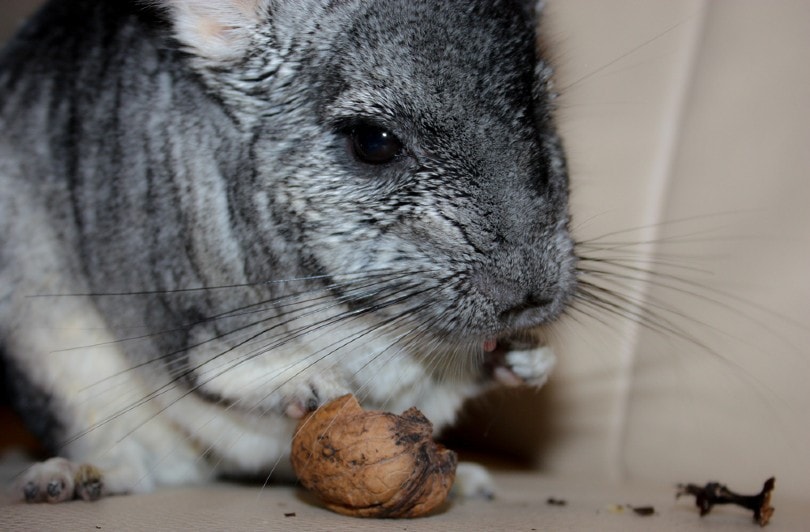

Final Thoughts
Chinchillas may share similar characteristics with guinea pigs but cannot share the same food bowl. Hay and fresh green vegetables are not a problem, but commercial pellets intended for guinea pigs should be avoided.
On the other hand, feeding your chinchilla well will give you many years to enjoy his company: a pet chinchilla on a strict and adapted diet can live twenty years, compared to about six years of life expectancy for wild chinchillas.
You might also like:
- What Do Iguanas Eat in the Wild and as Pets? Diet & Health Facts
- Can Chinchillas Eat Rabbit Food? What You Need to Know
Featured Image Credit: rossiaa33, Shutterstock
